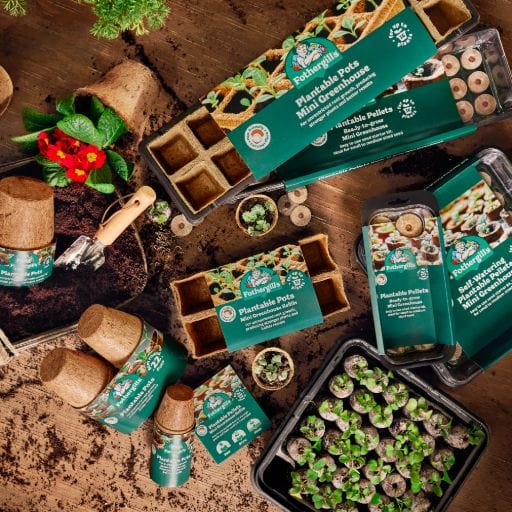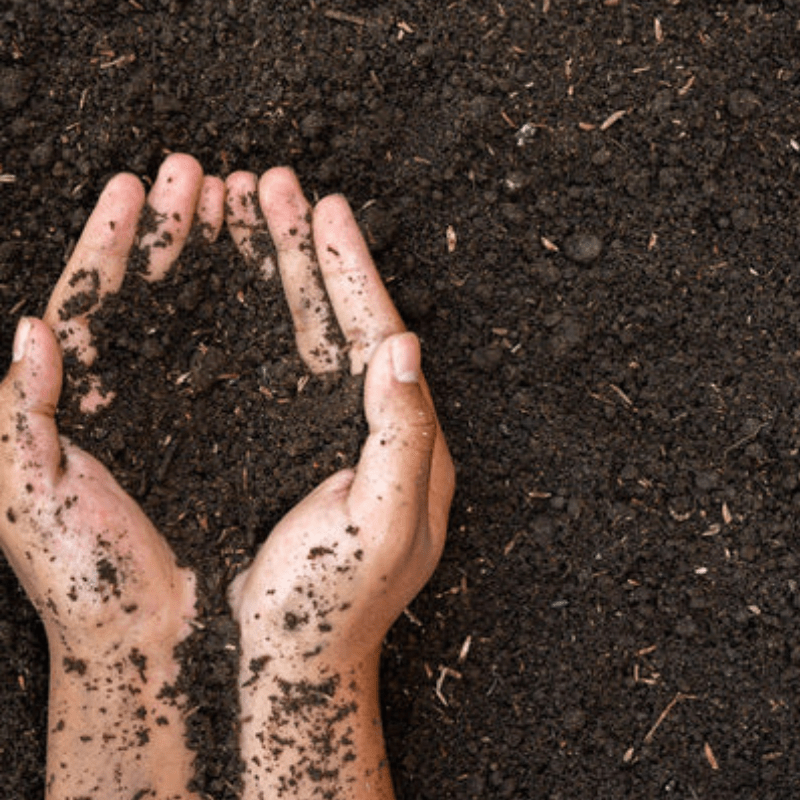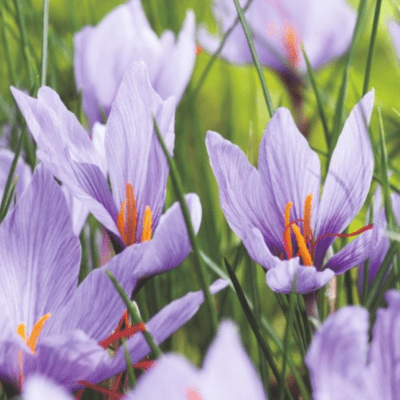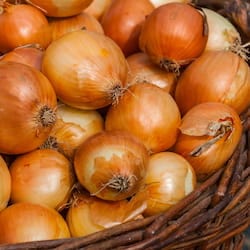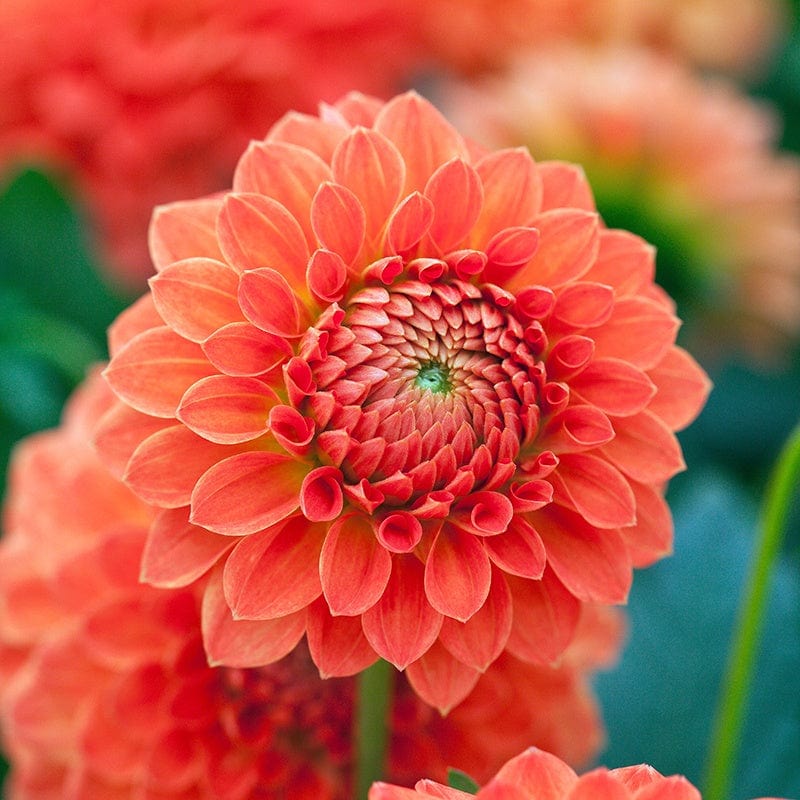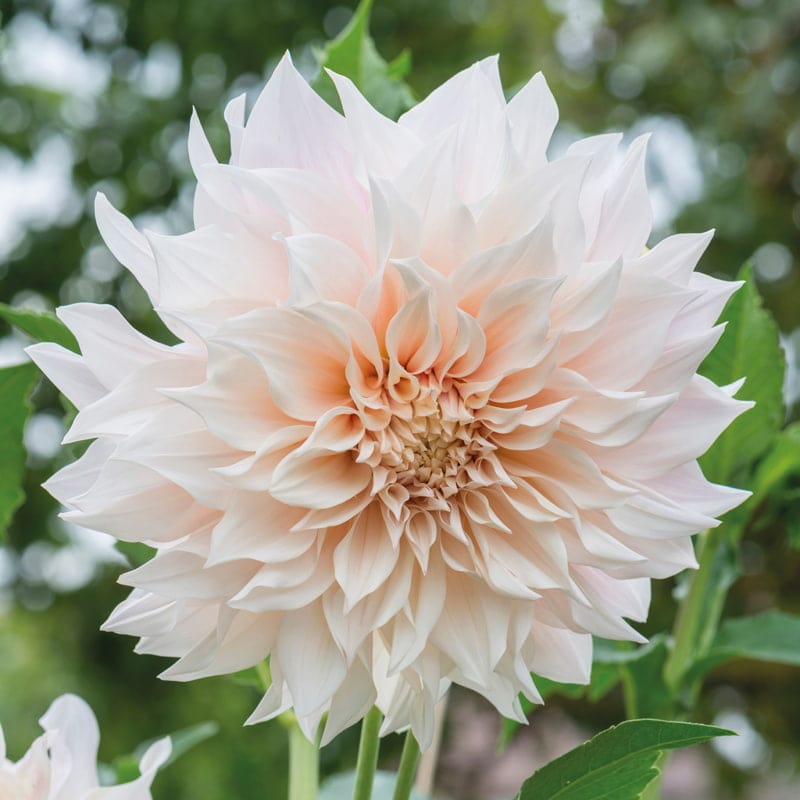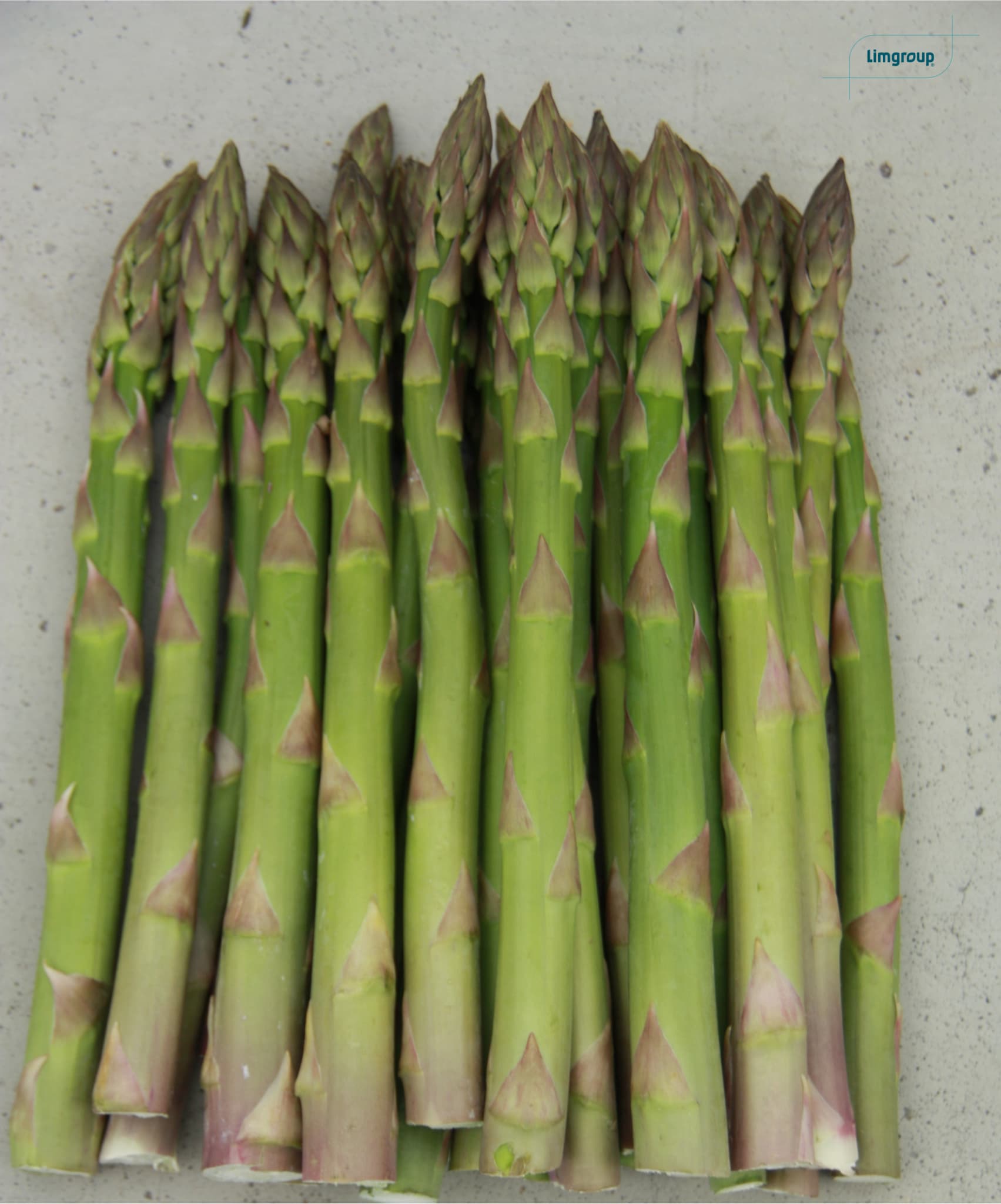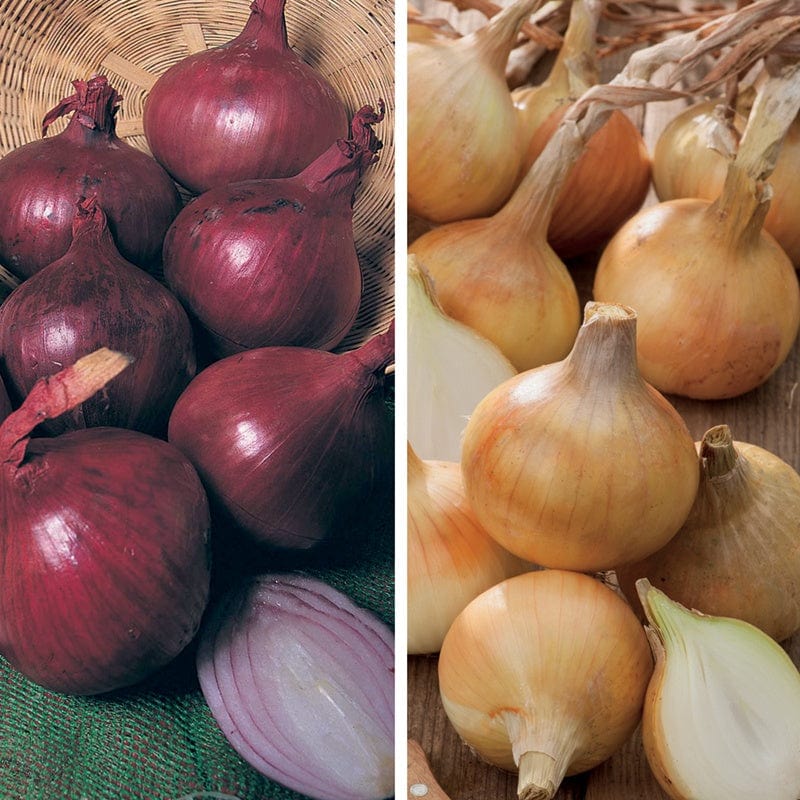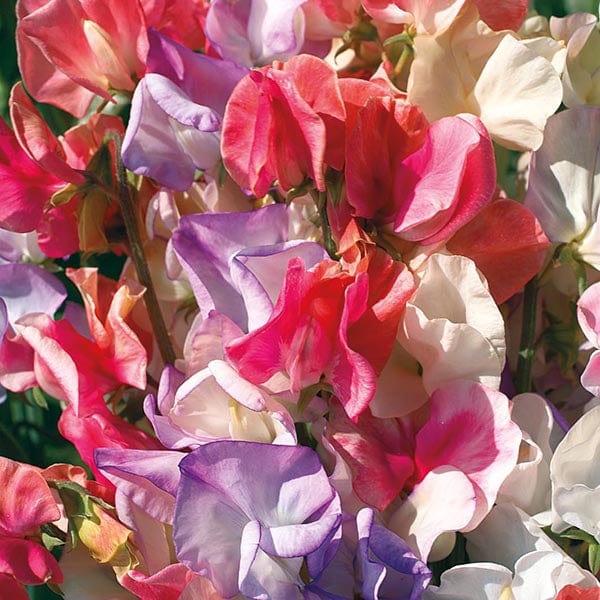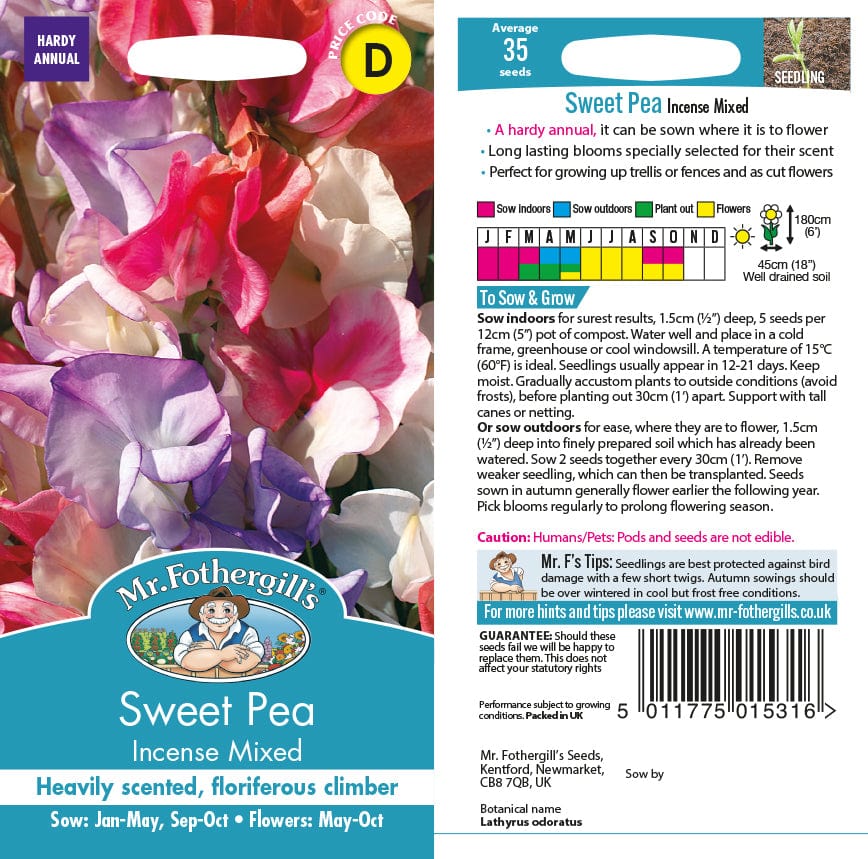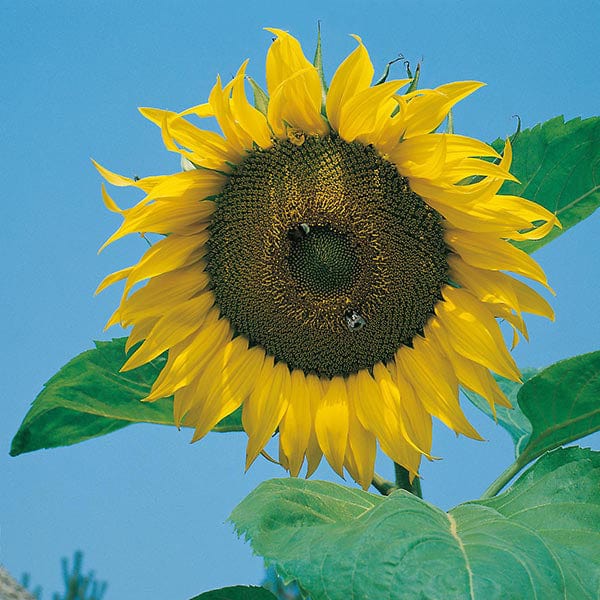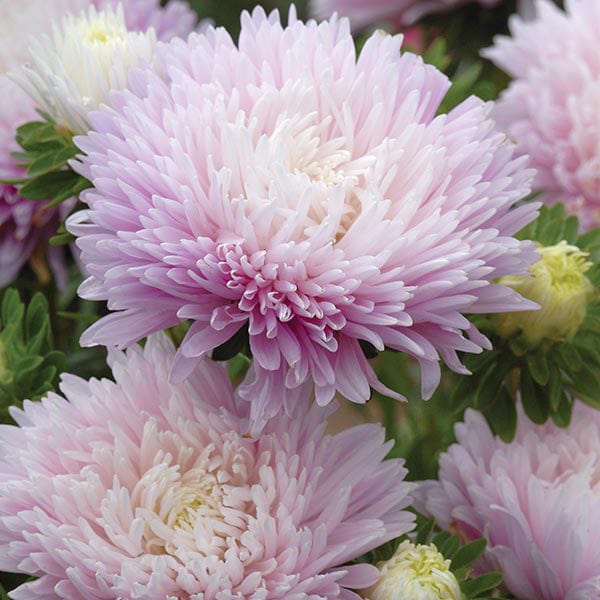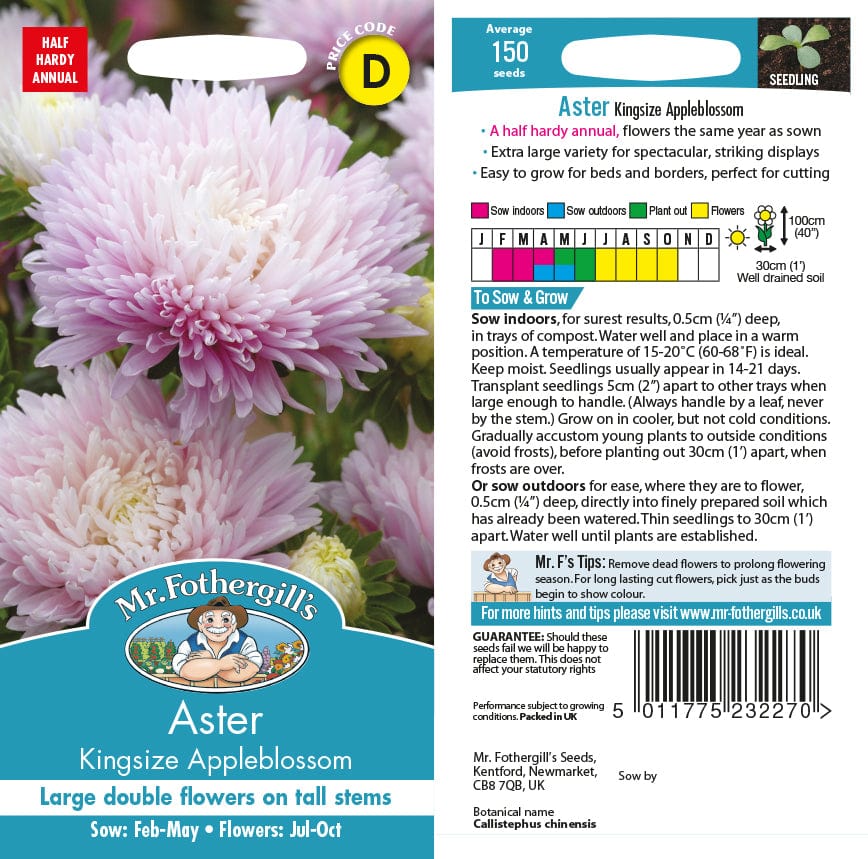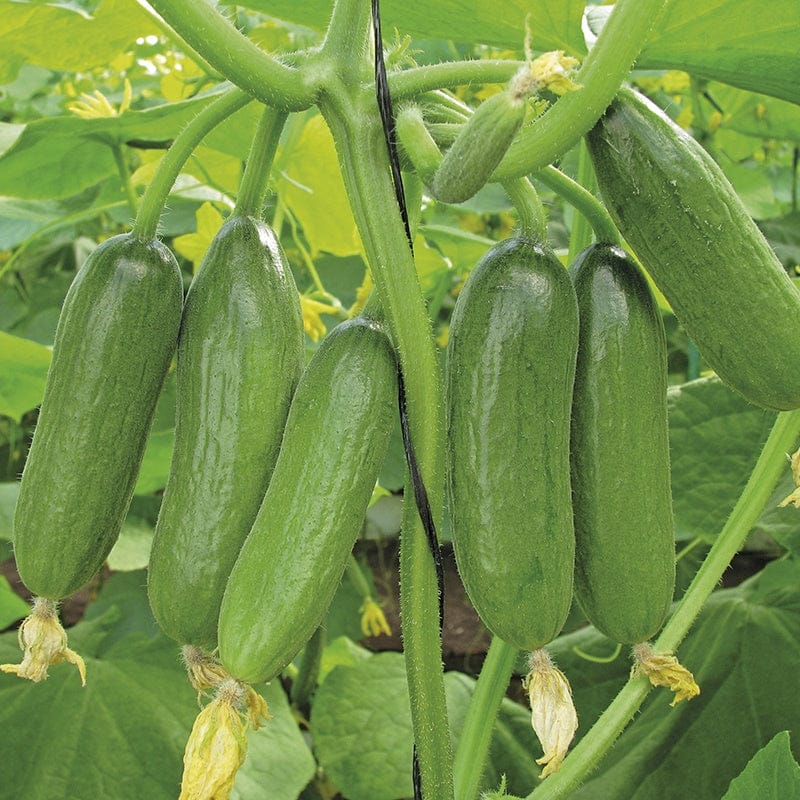The mornings and evenings are getting noticeably lighter, and the welcome sound of birdsong early in the morning is a sure sign that spring is near. Add to that the snowdrops in full bloom by the wayside in the villages, the dwarf daffodils, and hyacinths just starting to flower in gardens, and the spirit really begins to soar in anticipation of the growing season ahead.
March is a crucial month for gardeners as the growing season truly begins. This is the month when seed sowing gets into full swing, especially in the south of the country, with half-hardy flowers and vegetables that need gentle warmth for germination and the early stages of development. Fothergill’s guide to essential gardening jobs for March offers tips to ensure you have a productive season.
What to Do in the Garden in March
With the longer days and improving weather, it’s time to start sowing seeds, preparing beds, and planning for a productive year ahead. Flowers, vegetables, and perennials require attention, making March one of the busiest months in the gardening calendar.
At our trials ground in Kentford, our grounds manager has already begun to make under-cover early sowings, and his activity will move up a gear or two as March gets into full swing. The busiest time of the gardening year is arguably late February and March as we fill up our seed trays and all available space in cold frames, windowsills, and under cloches to get an early start on what we would like to grow.
March Flower Garden Jobs
Half-Hardy Annuals
March is the perfect time to sow half-hardy annuals such as sweet peas, sunflowers, asters and phlox. As temperatures rise, these plants will benefit from a warm early start indoors for germination and growth.
- Sweet Peas: Autumn-sown sweet pea seedlings will benefit from as much ventilation as possible in the cold frame or greenhouse before being planted to their flowering positions later in the month. Ensure you set up support systems such as canes and netting.
- Sunflowers: A favourite among gardeners (and little ones), sunflowers can be grown in a variety of sizes and colours. Take a look at the Sunflower Teddy Bear, standing at 60cm tall with its almost furry double blooms, or the fabulously colourful Evening Sun. Their seeds can be started indoors or in a warm spot outdoors.
- Aster: Aster Kingsize Appleblossom is stunningly stylish and free flowering, excellent for borders and cutting. Why not consider growing a row for this purpose as a dedicated cut flower crop? The large pastel heads are eye-catching and long-lasting in a vase.
- Phlox: Phlox Tapestry Mixed is super reliable and easy to grow–just sprinkle the seeds directly onto the soil and keep watered for a burst of colour and fragrance.
Dahlias
If you lifted and stored tubers of your favourite dahlias last autumn, inspect them for damage and discard any which have shrivelled or rotted. Plant the rest individually in large pots of compost and start them into growth in the greenhouse so they will be ready for planting out later in the spring.
Remember that dahlias are tender; they’ll need protection from frost early on and a little extra care as their new shoots are a favourite for hungry slugs.
Spring Biennials
Biennials such as Sweet Williams, Wallflowers, and Foxglove can be given a boost in March for a gorgeous late spring display. Carefully hoe in some general-purpose fertiliser around them as the soil starts to dry up. They will definitely benefit after all the rain has washed out so many of the soil's nutrients during the winter.
If you have snowdrops, now’s the time to divide and transplant them to provide more joyful displays of these beautiful winter flowers in future years. Moving them "in the green" - while their foliage is still present - helps establish strong roots. They do best among deciduous trees and shrubs; when they are happy, they’ll thrive and multiply endlessly.
March Vegetable Garden Jobs
Cabbage
Young spring cabbage plants that have overwintered will benefit from a high-nitrogen plant feed or general-purpose fertiliser for a welcome boost. Regular careful hoeing between the plants and all other over-wintered crops will aerate the soil for better growth conditions. Unfortunately, these brassicas may attract the unwelcome attention of pigeons, so it may be an idea to net them against these often voracious pests.
Asparagus
March is the ideal time to make an asparagus bed if you enjoy this easy-to-manage perennial vegetable's delicious and uniquely flavoured spears. Plant them in free-draining soil that has been thoroughly weeded. Once established, it will crop every year for 20 years or more, so the investment in a few crowns from us for April delivery is money well spent. Homegrown asparagus is one of nature's greatest treats!
Early Crops
March is also a great time to sow early crops like carrots, radishes, beetroots, peas, lettuce, and spring onions. If you have warmed up the soil with cloches or fleece prior to sowing, they really will get off to a flying start. Staggered sowing (every three weeks) will ensure a crop right through late spring and into summer. Remember to monitor local conditions and avoid sowing anything in sodden or cold soil.
Early Potatoes
Early potatoes are many gardeners' idea of the very best of the early summer produce from the garden, and we would not argue with that. Start planting them towards the end of the month if the conditions are reasonably mild.
Chitting seed potatoes indoors beforehand will encourage strong sprouts, leading to earlier and more vigorous growth once planted. For those with limited space, early varieties grow well in containers or potato sacks, making them ideal for small gardens or patios. Keep the pots well watered and frost-free for an extra-early crop of the very best little spuds.
Tender Crops
Tender crops such as tomatoes, peppers, and chillies require a long growing season. Their seeds can be sown in March, indoors on a warm windowsill or in a propagator. As natives of warmer climates, they cannot be planted outside until any danger of frost has passed.
Gardening Tips for March
- Testing the soil before planting will help determine its quality and nutrient levels.
- Mulching around plants helps retain moisture and suppress weeds, while watering in the early morning or late evening minimises evaporation.
- Labeling plants is a helpful way to stay organised, especially when growing multiple crops.
- For those new to gardening, starting with easy-to-grow plants like radishes and lettuce will build confidence for future projects.
Explore Fothergill’s gardening tools and equipment for the best gardening results and find high-quality seeds, bulbs, and plants for your blossoming haven.
Shop March Gardening Essentials at Fothergill’s
As March approaches, make sure you’re equipped with everything you need to get your garden flourishing. Whether you’re planting seeds, managing soil, or protecting young plants from frost, having the right tools will make your work easier and more efficient.
From seeds and fertilisers to gardening equipment, Fothergill’s offers a variety of products to ensure a successful gardening season. Shop now and get ready for a fruitful spring!












